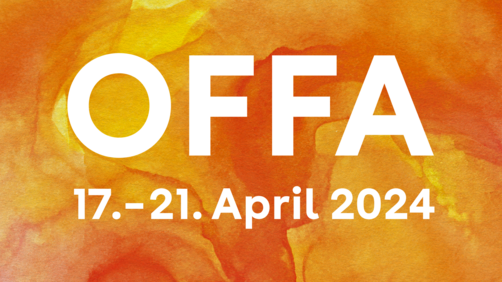Events - 16.02.2015 - 00:00
Influenced by the embroidery era
The St.Gallen architect and curator of monuments, Martin Schregenberger, will explain in six lectures how the social changes of the embroidery era influenced St.Gallen's architecture. The public lecture series will begin on 23 February.
16 February 2015. The population of the City of St.Gallen increased tenfold during the embroidery era. Thanks to the textile industry, new inhabitants came into the city: from rural areas, but also from Europe and the US. This period was characterised by technological progress, on the one hand, and on the other hand by the professionalisation of various sectors: commerce, utilities, administration, education, social and health services, the judiciary, etc. The impact that this had on St.Gallen's architecture will be explained by the local architect and curator of monuments, Martin Schregenberger, with the help of six embroidery histories.
Master building and textile merchant
The first evening, on 23 February, will be devoted to master builder Max Högger and his architects. When Högger was commissioned to build the Municipal Warehouse (Davidstrasse 40-46), he employed the talented Alfred Cuttat. Cuttat's rise and decline is typical of the city's economic development in the embroidery era.
The firm of the Hamburg textile merchant Moses Iklé went bankrupt. His four sons tried their luck in St.Gallen and were successful. Iklé Frères are the topic of the second lecture evening, on 2 March. Schregenberger will talk about their business, their architect and their buildings, among them Washington House (Rosenbergstrasse 20-22).
Architects and principals
Karl August Hiller is the protagonist of the third evening, on 9 March. This is the history of the industrious architect, who married a "woman from a good Family" and built the Ekkehard and Praxedis buildings (Hadwigstrasse 4-6) among many others. His wife lost him to his work.
The Dürtscher and Scheier firm erected rentable housing for the middle classes, including the houses with the odd numbers in Wildeggstrasse 1-15, with spacious flats, clear floor plans and ample grounds. Why the media berated the firm for doing this will be told by Schregenberger on 16 March, the fourth evening.
Merchants and firms
The fifth evening, on 23 March, will be all about the Fenkart family: two brothers, both merchants and successful entrepreneurs. They commissioned the best architects for their buildings such as Oceanic House (St.Leonardstrasse 20). Both of them left the embroidery business before it was too late, each in his own way.
The final evening, on 30 March, will focus on two firms. The Unionbank funded large-scale industrial projects in the embroidery era. Helvetia enabled companies to engage in global trade with its transport insurance policies. The self-presentation of these two firms is revealed in their prestigious buildings: the Bankverein Building with the Broderbrunnen (Neugasse 54) and the partially demolished Helvetia Building with its partner buildings at the St.Leonhard-/Kornhausstrasse crossing.
The six lectures will take place at the University of St.Gallen in Room HSG 01-014. They will start on Mondays at 6.15 p.m. Dates, 23 February and 2, 9, 16, 23 and 30 March 2015.
More articles from the same category
Discover our special topics











